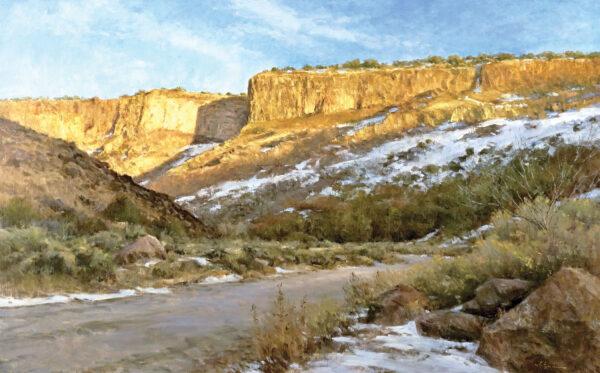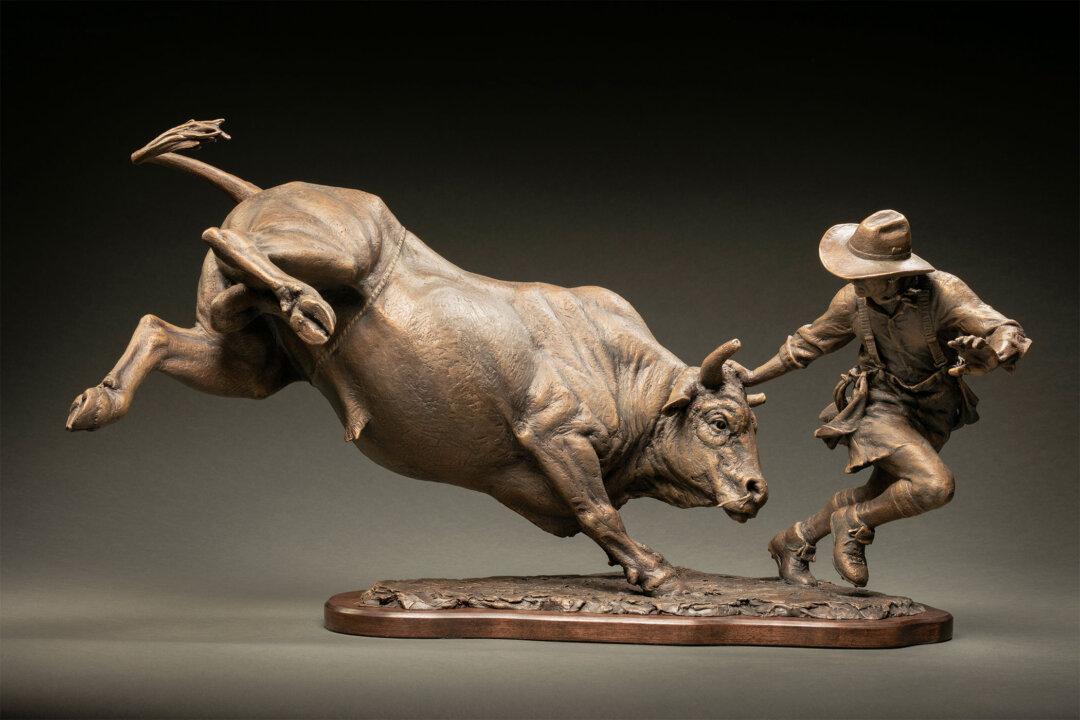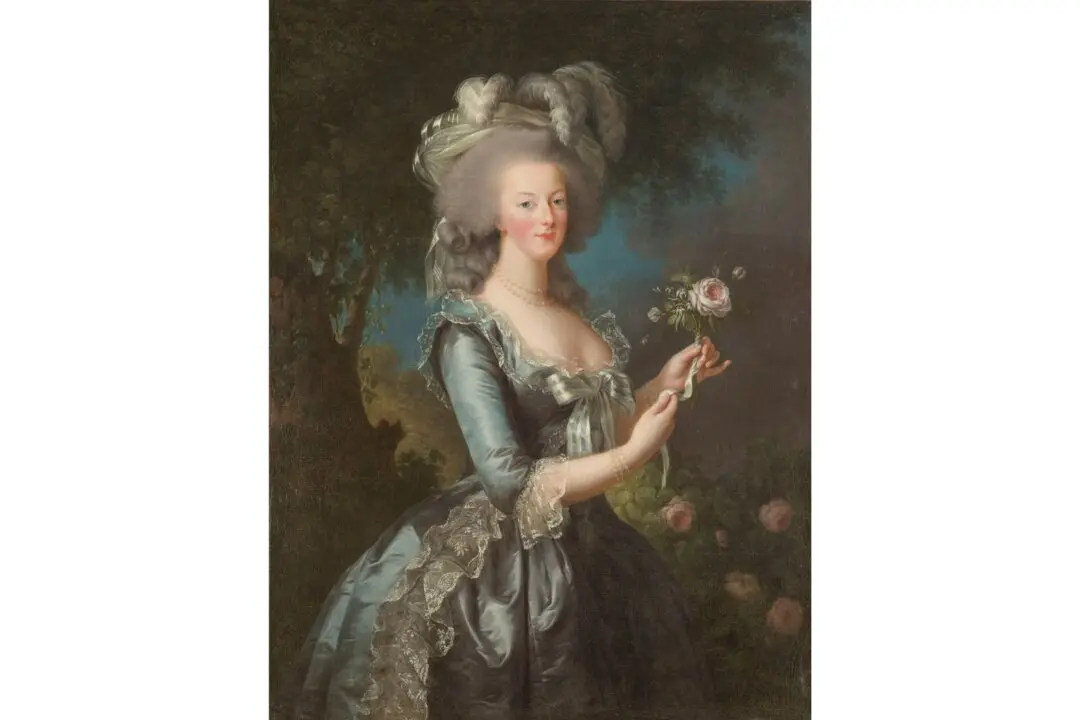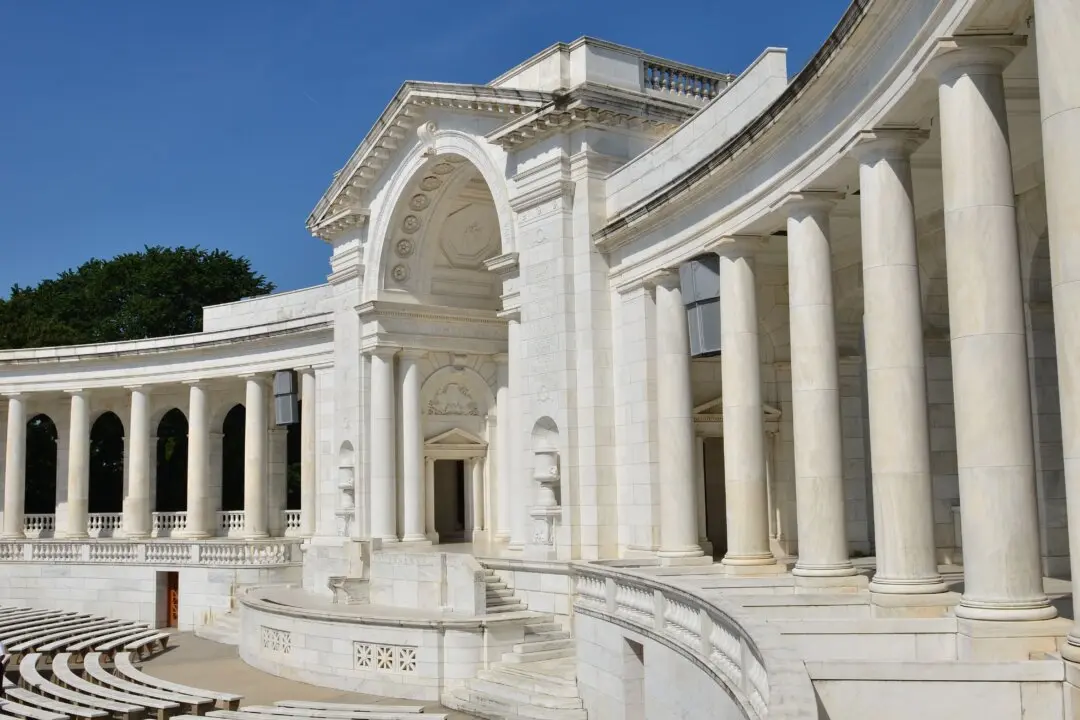Since 1973, the world’s finest Western painters and sculptors have captured cowboy culture for the “Prix de West Invitational Art Exhibition & Sale,” preserving Western traditions and way of life far beyond the plains, prairies, and mountains—and hopefully for generations to come. The 51st exhibition and sale is now open at the National Cowboy & Western Heritage Museum, in Oklahoma City until Aug. 6.

“In the Golden Hour” by John Encinias. Oil on linen; 30 inches by 48 inches. Courtesy of the National Cowboy & Western Heritage Museum






